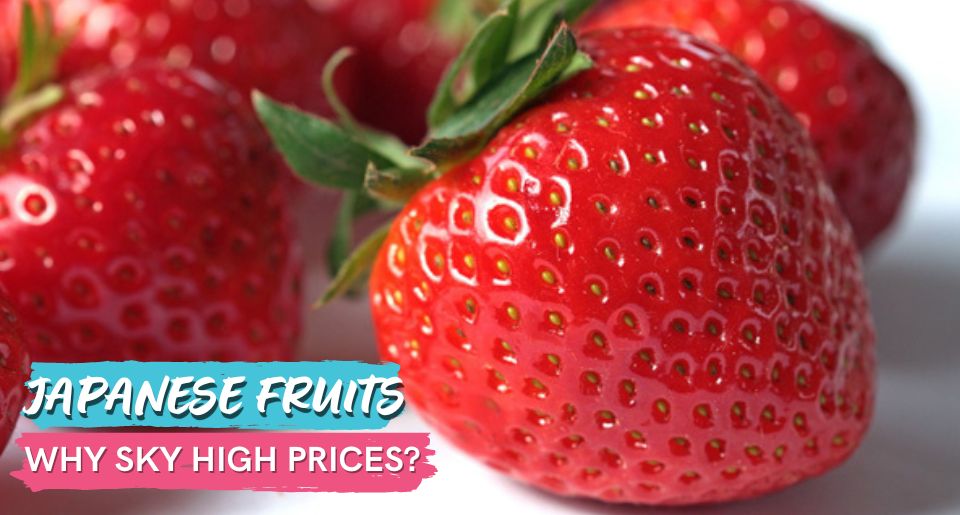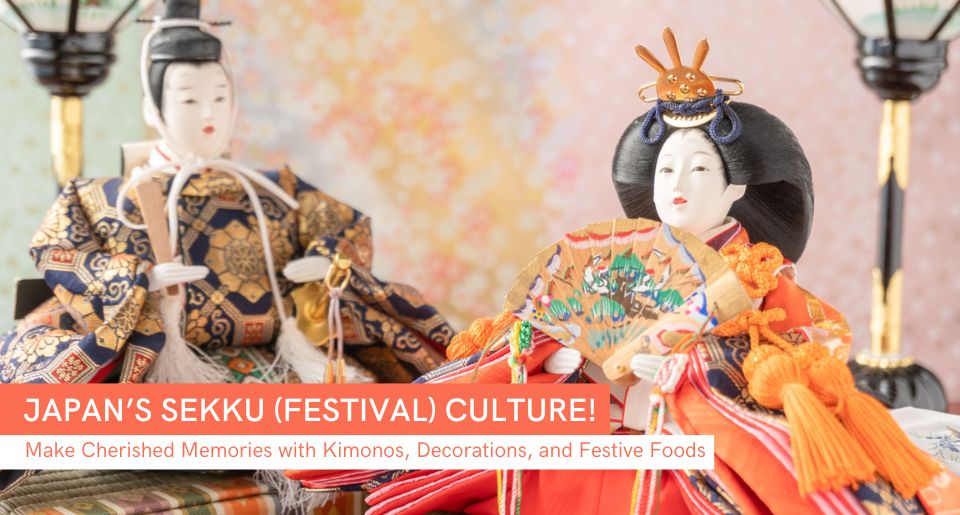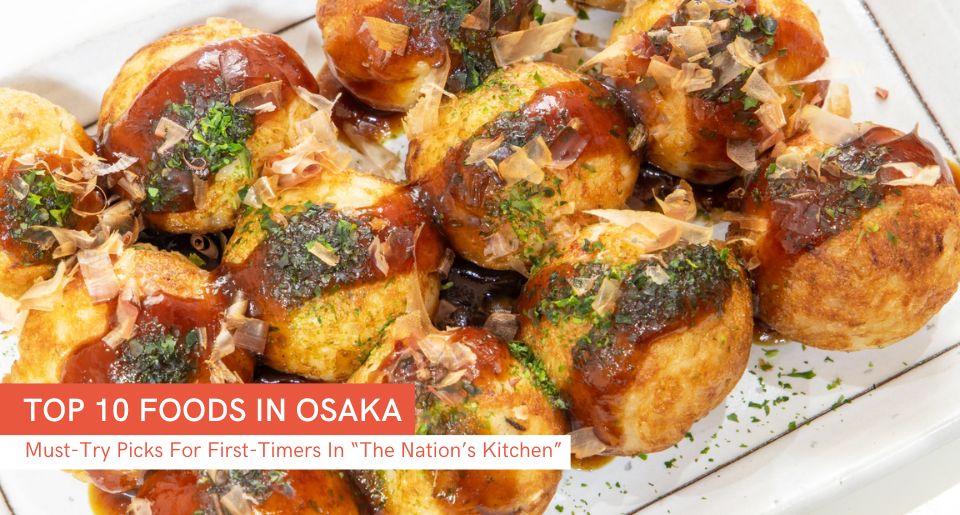Contents
- Introduction
- Seasonal Delights: The Cost of Nature's Rarity
- In High Demand: The Struggle to Meet Japan's Fruit Needs
- Space Efficiency & Technology: A Costly Equation for Farmers
- Safe But Costly: Strict Regulations Leave Farmers No Choice
- Flawless Fruits: Ensuring Perfection in Japan's Luxury Fruit Market
- About The Writer
Introduction
When we think about fruits, we imagine an array of stunning colors, each emitting a distinct and delicious aroma, along with those fresh, juicy, and nutrient-packed goodness that almost act as a fountain of youth. In Japan, fruits take on an added layer of luxury and beauty, unlike anywhere else – they hold such high value that they’re considered cherished gifts, given to leave a lasting impression, show appreciation, or offer well wishes.
But why is there such a massive fuss about Japanese fruits and their exorbitant prices? What sets them apart and makes people worldwide actively pursue them? And why are they truly worth trying for those who can afford them?
In this article, all of these pressing questions and more about Japan's luxurious fruits will be answered. Not only will you no longer be puzzled by the expensive Japanese fruits, but you'll most likely find yourself craving them even more by the time you finish reading!
Seasonal Delights: The Cost of Nature's Rarity
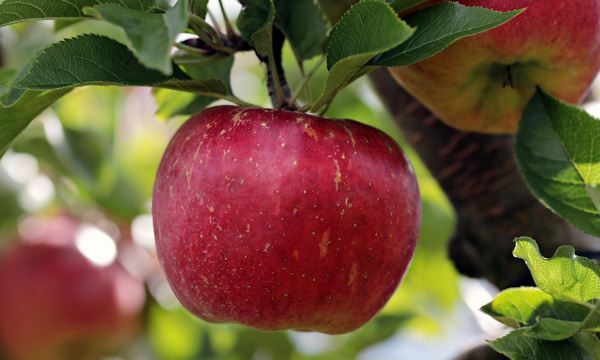
In Japan, fruits are more than just sweet juicy treats; they embody the essence of each season, as different fruits thrive during different times of the year. This individuality makes the growth and cultivation of local fruits all the more special. It allows people to immerse themselves in the full experience and appreciation of what each season offers – from the vivid colors of Japanese fruits to their mouth-watering aroma and delightful taste.
While the growth of seasonal fruits is always a joyous occasion, their short production periods limited to only a few months a year pose a challenge for farmers in meeting the high demand. This, in turn, contributes to the overall cost of Japanese fruit, adding a “bit” more to the price tag for those wishing to indulge.
In High Demand: The Struggle to Meet Japan's Fruit Needs
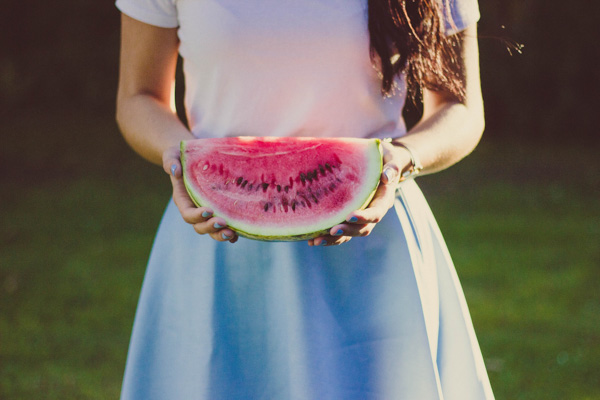
One of the main factors that drive up the cost of locally grown fruits in Japan is the general shortage of supply in comparison to the high demand for fresh fruits within the country. This scarcity makes them sought-after commodities in Japan, resulting in consumers paying inflated prices as the supply cannot keep up with the population's demand.
Space Efficiency & Technology: A Costly Equation for Farmers
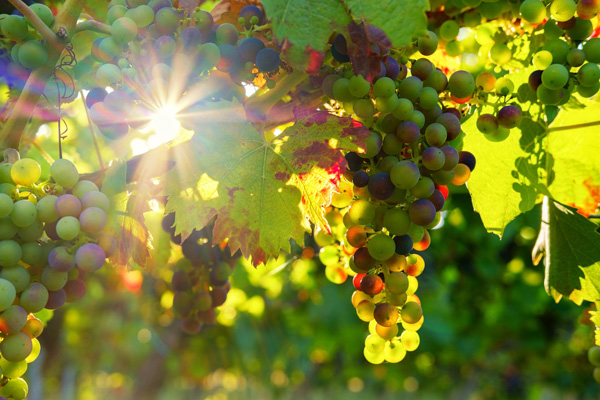
As per the Ministry of Land, Infrastructure, Transport, and Tourism (MLIT), Japan is predominantly mountainous, with mountains making up around three-fourths (75%) of the country's land. This naturally leads to a lack of arable land available for farmers to use, and it's worth noting that not all areas can be used for agricultural purposes.
This places the burden on farmers to be highly efficient within their limited space and incorporate high-end technologies, leading to a significant increase in production costs and consequently adding up to the overall price of Japanese fruits.
Safe, but Costly: Strict Regulations Leave Farmers No Choice

In response to concerns about chemical residue levels, Japan introduced strict policies on agricultural products to ensure consumer safety. As a result, some farms have been left with no choice but to stop their operations altogether or discontinue growing certain crops. While the ultimate goal of these policies is to ensure consumer safety and provide them with safe and clean fruits to eat, they eventually drive up the costs of the already expensive Japanese fruits.
The regulations not only apply within the country but also extend to imported fruits. According to a report from the Economic Research Service titled "Fruit Policies in Japan", the country’s Plant Protection Station operates under the Ministry of Agriculture, Forestry and Fisheries (MAFF) and is responsible for regulating plant disease issues for both domestic and imported products. It carries out inspections of shipments arriving at Japanese ports and has the authority to reject any that fail to meet the required standards.
Flawless Fruits: Ensuring Perfection in Japan's Luxury Fruit Market
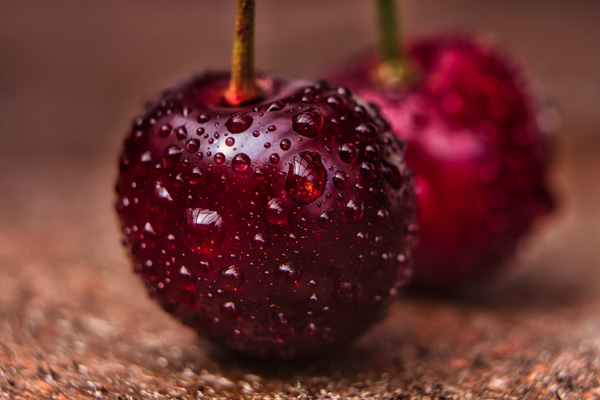
It's hard not to notice the picture-perfect appearance of fruits in Japan. The reason behind this is the precious nature of these fruits, making them highly sought-after gifts for people to exchange and enjoy on special occasions.
Farmers are thus tasked to deliver fruits that are nothing short of flawless, completely free of any blemishes or imperfections. This dedicated effort involves using specialized tools and techniques to guarantee the safe delivery of each luxury fruit in order to meet the market's high expectations.
While fresh fruits have their own unique appeal, it's hard to resist the addictive burst of sweetness found in dried Japanese fruit, offering the same luxurious experience as fresh fruits but with an added dose of sweetness and a significantly longer shelf life. From dried Japanese strawberries, apples, and persimmons to bananas, peaches, mandarins, and more, there's a delightful variety to choose from.
Whether it's fresh or dried, considering all the technologies, labor, dedication, and safety policies involved in growing Japanese fruit, you can rest assured that the enjoyment of savoring luxurious Japanese fruits is guaranteed!
About The Writer
Meet Mariam - a freelance writer with a lifelong love for cooking, beauty, and Anime, starting from the tender age of six. Now, with boundless creativity and determination, she aims to deliver the most valuable content for readers to offer them a glimpse into her passions in life.

